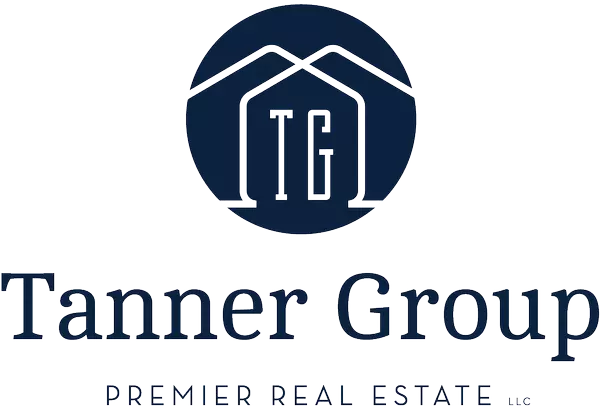

2024 Kitchen Upgrades for Holiday Hosts
The holiday season is here! This time of year is a blast—but if you’re the go-to holiday host, it can also be stressful. You’ve got meals, get-togethers, and all-out parties to prepare for, which means a lot of cooking and entertaining. The good news is that you still have time to make your life
Read More

Gifts for Homeowners: Top 10 Must-Have Items for Every New Home
Working on your holiday shopping? If someone in your life recently bought a home, the perfect gift for them will acknowledge this huge achievement while helping them settle into the new space and make it theirs. With that in mind, here’s a curated list of 10 must-have items that every new homeow
Read More

What's Home Equity and How Do You Build It?
Home equity is one of the most powerful financial tools for homeowners. Whether you’re a first-time buyer or have been in your home for years, understanding how home equity works can help you make smart financial decisions. Let’s break down what home equity is, why it matters, and how to build i
Read More

How Interest Rates Affect Your Home Buying Power
Interest rates play a big role in how much home you can afford, and even a small change in rates can make a huge difference in your budget. Whether rates are high or low, understanding how they impact your buying power is key to making smart decisions when it comes to purchasing a home. Here’s w
Read More
Categories
Recent Posts










